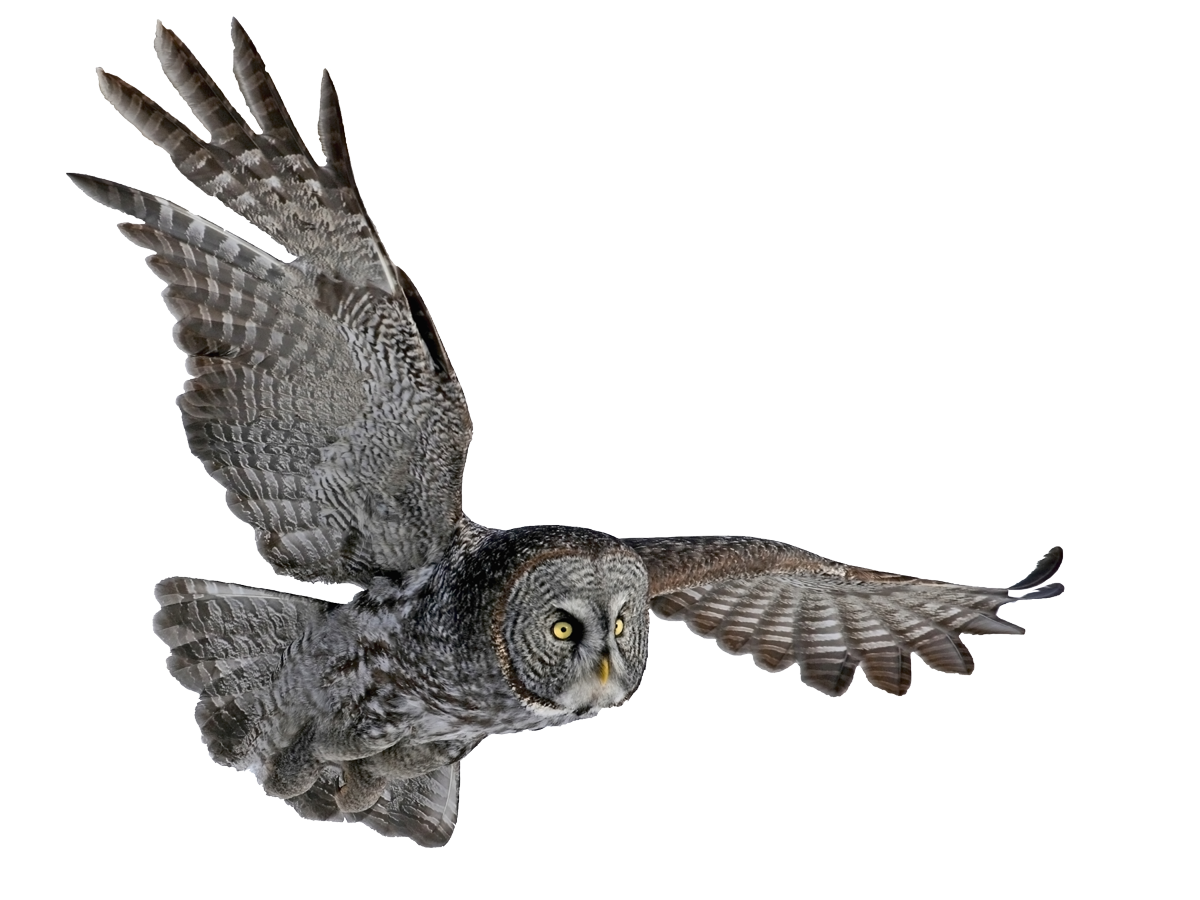
Contact us
Bed bugs
It is an ectoparasite of humans and warm-blooded animals.
The bed bug has always been a constant companion of the human pest. They first evolved as ectoparasites of cave-dwelling mammals (especially bats). As people moved from caves to tents and then to houses, these blood-sucking insects probably moved there with them. Shortly after World War II, the widespread use of synthetic insecticides made bed bugs a very rare pest in many industrialised countries. By 1997, these insects had declined so much in Canada, many European countries and the USA that it was difficult to find new specimens to be used in the entomology course. Over the last dozen years, there has been a definite increase in the incidence of bed bugs in Australia, Canada, the USA and parts of Africa and Europe.
Why it is a pest?
It has been shown that the bed bug can transmit as many as 28 pathogenic micro-organisms, but neither biological nor mechanical transmission has been experimentally proven. Thus, the transmission of pathogenic micro-organisms is only theoretically possible.
Which areas are relevant?
- Public health
- Home
- Accommodation service companies
- Hospitals and other health facilities
What do they harm and who do they harm?
- They cause discomfort to humans
- Corporate image
Key attributes
These insects have a very sensitive sense of smell.
Food: mostly human blood. The feeding time is 5 to 10 minutes. It is only after a long period of not feeding that bed bugs attack a person during the day. They usually suck blood at night in the dark. A large lump pops up at the site of the bite, which itches and hurts. The bed bug injects saliva into the wound, which has irritating and blood-clotting properties. At temperatures of 15⎯20 ºC, it feeds once every 8 hours, and at higher temperatures it feeds much more frequently. It can starve for about 20⎯35 days at a temperature of 22 ºC.
They usually settle in beds (hollow metal structures, cracks and crevices, bedding seams), near beds (below or behind panels, under floor coverings, under wallpaper, behind picture frames, in furniture and light fittings).
They spread through the luggage or moving to another house. They come from nearby premises.


